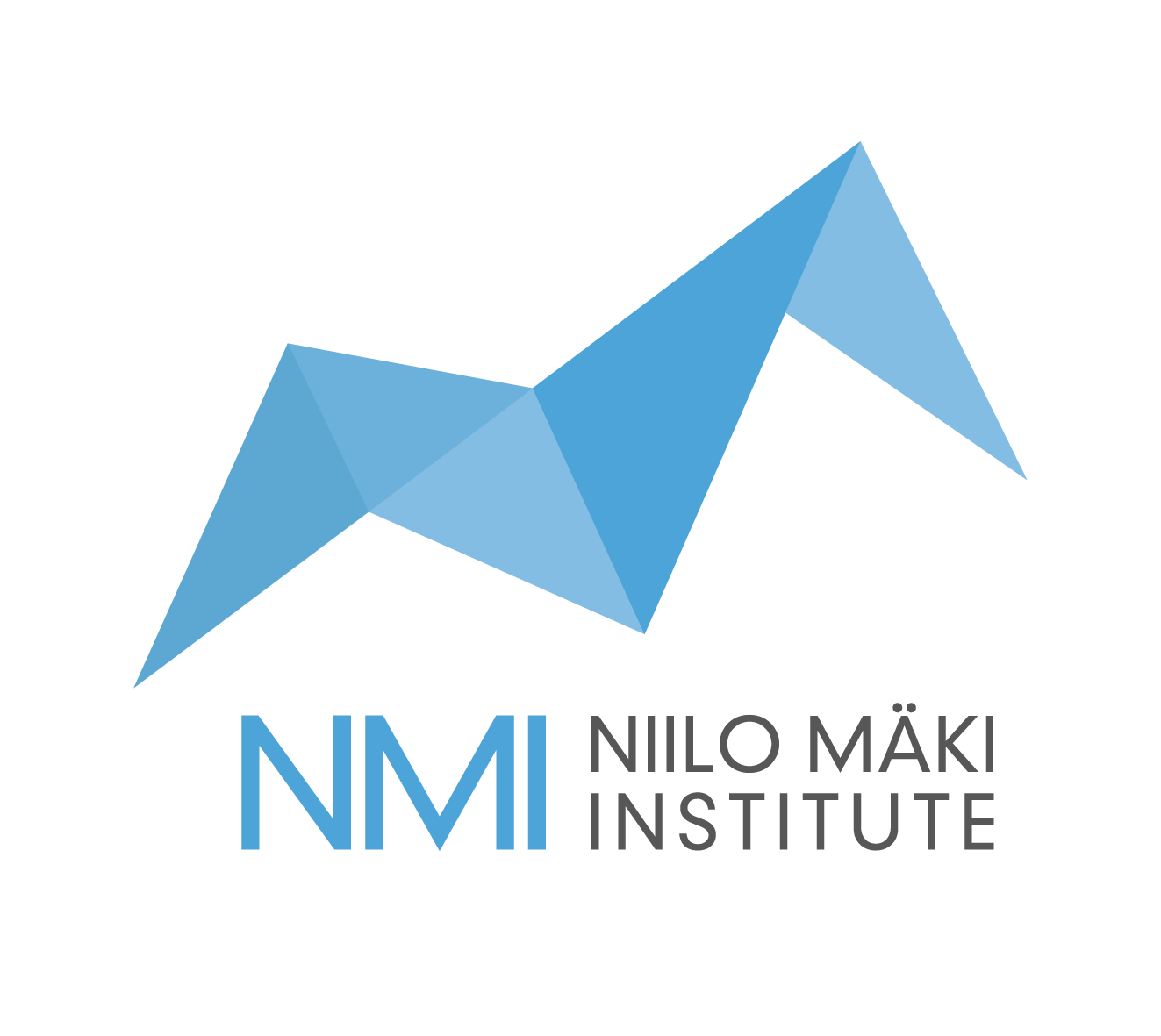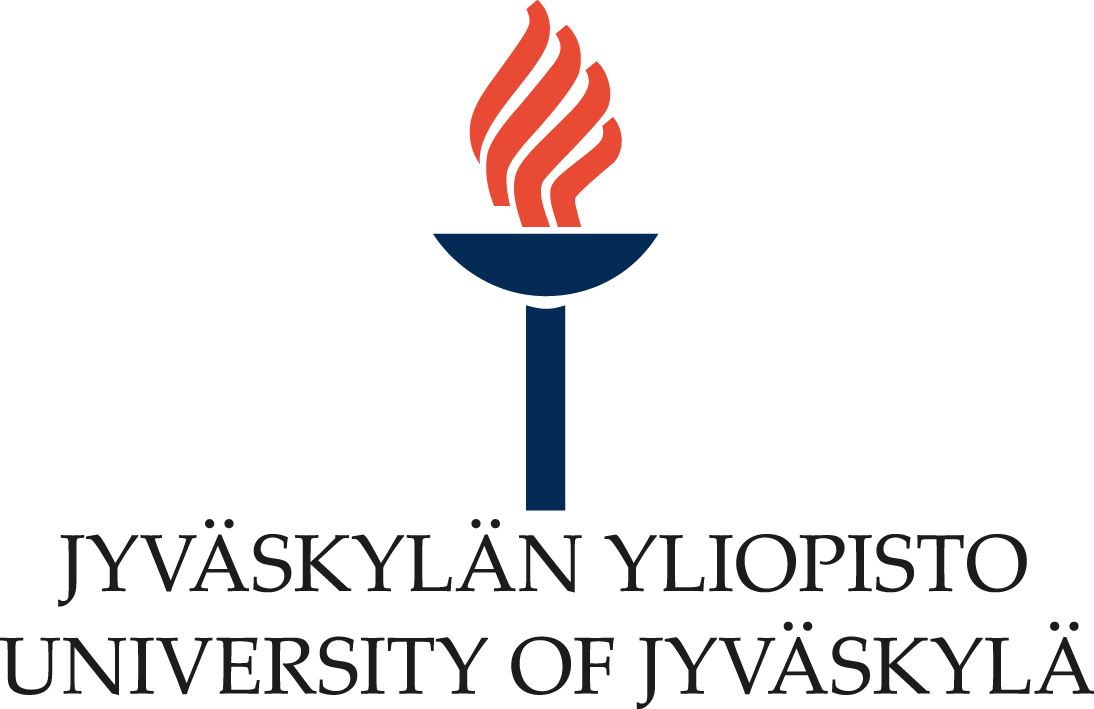In a nutshell
- The aim of assessment is to support individual learning processes, guide children’s learning, and improve children’s achievement. Assessment is a central part of effective instruction and instructional decision-making.
- To gain a comprehensive view of children’s current knowledge and achievement levels, teachers can combine formative and summative assessment and standardised tests results.
- Formative assessment includes continuous monitoring by the teacher to determine whether the degree of difficulty of the lesson aligns with the child’s cognitive and motivational learning processes.
- To evaluate a child’s reading outcomes after they complete a certain learning sequence, teachers use summative assessment. Teachers can also use standardised tests if those are available in language contexts used in reading instruction in the classroom.
Assessment practices
Assessment is a central part of effective instruction and instructional decision making. The aim of assessment is to support individual learning processes, guide children’s learning, and improve children’s achievement. Assessment can comprise the process of demonstrating what a child currently knows and is able to do; what is needed to support learning (formative assessment); and programmes of public reporting and system accountability (summative assessment). To gain a comprehensive view of children’s current knowledge and achievement levels, teachers can combine two forms of assessment, for example their own observations and standardized tests.
Formative assessment. Formative assessment includes continuous monitoring by the teacher to determine whether the degree of difficulty of the lesson aligns with the child’s cognitive and motivational learning processes. When teachers gather data about a child’s current skills and learning process with the aim of fostering the child’s learning through more individual instruction, they use formative assessment. Formative assessments are frequently made and involve judgements about a child’s performance. Moreover, the judgements made under formative assessment are used immediately to guide and improve a child’s learning and to adjust instruction. Formative assessment can consist of assessments before and during instruction, in the form of observations, self-evaluation, and curriculum-based measurements. A curriculum-based assessment of reading is commonly used; it is usually administered several times during each grade to identify children at risk of failing the reading standards set to each grade level.
Summative assessment. To evaluate a child’s reading outcomes after they complete a certain learning sequence, teachers use summative assessment. Summative assessment has important consequences for the child; for instance, teachers ascertain how much a child has learned at a certain assessment point, when an instructional segment has ended. Examples of summative assessment are final exams and state-wide or national tests, which can be individual or batteries of screening tests.
Dynamic assessment. Dynamic assessment consists of a collection of procedures within the assessment process which directly measure the child’s response to intervention and seek to understand the child’s learning potential consists of three tiers. Tier 1 entails screening and monitoring all children with the aim of identifying at-risk children. In Tier 2, children who do not respond to the support given in Tier 1 are provided with more intensive support, and when a child does not respond adequately to the interventions in Tier 2, they are provided with continued, and also individual, research-based interventions in Tier 3.
Identifying reading difficulty. Reading difficulty (RD) refers primarily to a difficulty with accurate or fluent decoding connected with poor spelling, while reading comprehension difficulty is seen as a consequence of this primary difficulty. It has been indicated that a child whose letter knowledge and phonological awareness develop slowly at preschool age or at the first grade can be at risk of RD. Dysfluent readers have difficulties identifying the words in a text, since their decoding has not become automatic. Moreover, difficulties in reading fluency can lead to difficulties in understanding the meanings of words, which can further hamper reading comprehension. Prevention of RDs, early recognition of the need for support, and provision of support as soon as possible are crucial. To be able to gain an overall understanding of the level of a child’s reading skills and make relevant instructional decisions, teachers need to assess reading accuracy, fluency, and comprehension.
Assessing reading skills. When assessing letter knowledge and letter sounds, the focus is on the naming of individual letters and corresponding letter sounds. Phonological awareness is generally assessed through phoneme identification, phoneme blending, and phoneme deletion tasks. When assessing reading accuracy,the focus is on evaluating the correct decoding of separate words. In the assessment of fluency, the focus is on reading speed and accuracy, operationalized as the number of correctly read items within a certain time limit. Oral reading fluency can be assessed using read-aloud texts with short passages, and silent reading fluency with maze-tasks (when children are asked to read a text and must choose the correct word to complete the sentence from among the options given) as well as sentence verification tests. Reading comprehension can be assessed by silent reading tasks with text-related multiple-choice questions, picture matching tasks, maze tasks, or oral or written retell tasks.
References









